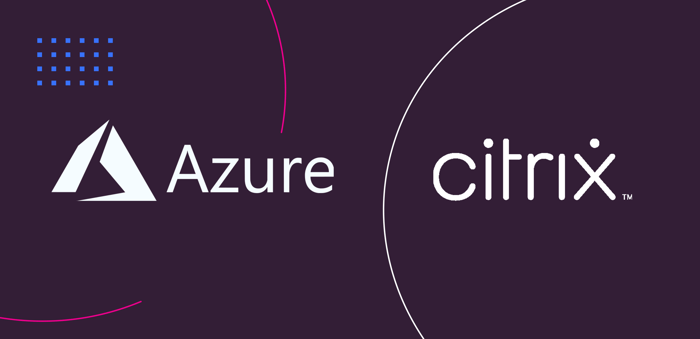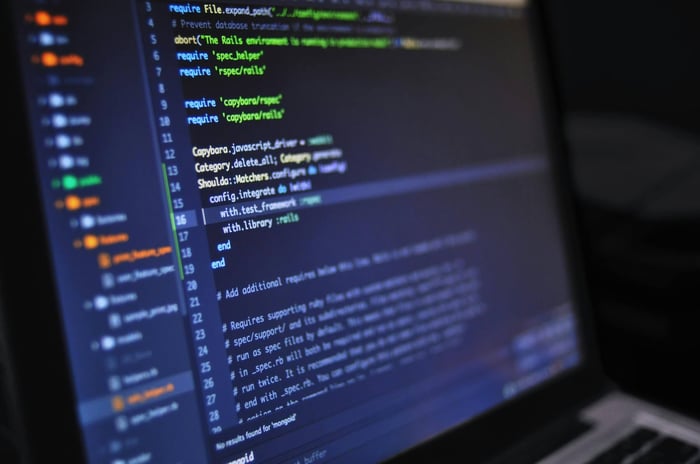Table of Contents
There’s a lot of talk about a modern workplace, but what does that actually mean?
It’s not just remote work or using Slack – it’s about how your tools, systems, and workflows come together to support the way people work today.
Whether you're scaling fast or just trying to simplify the everyday, a modern workplace helps you do both. We’ll break down what it is, how it works, and why it matters.
Key Notes
Modern workplaces prioritize flexible access, seamless collaboration, and user-focused digital experiences.
Cloud-based tools, integrated ecosystems, and self-service IT eliminate traditional workplace limitations.
Well-implemented modern workplaces deliver faster onboarding, reduced IT burden, and measurable ROI.
Modernization can be approached incrementally, starting with an audit of current friction points.
What Is a Modern Workplace?
A modern workplace is a digitally connected, user-focused environment that supports flexible work, seamless collaboration, and simplified operations. It’s not defined by where you work, but how well your tools, systems, and workflows work together.
At its core, a modern workplace balances smart technology with human needs. It helps people do better work without creating unnecessary friction, wherever they are.
How It Differs from a Traditional Workplace
Legacy systems vs. Cloud-based tools: No more relying on VPNs or outdated software stuck on local machines.
Siloed vs. Integrated: Everything talks to each other. Files, calendars, tasks – all connected.
Location-bound vs. Anywhere-access: Work happens where it makes sense, not where a desk is located.
IT-first vs. User-first: Instead of just managing devices, the focus is on empowering people to work productively and independently.
Why It Matters Today
Employee expectations have changed. People expect the tools they use at work to be as intuitive as what they use at home.
Operations need to scale fast. Onboarding, support, and system access shouldn’t take weeks.
Tool sprawl is real. Without the right ecosystem, teams bounce between platforms and lose focus.
It supports flexibility. Whether you're fully remote, office-based, or hybrid, a modern workplace keeps things consistent and reliable.
Key Features of a Modern Workplace
| Features | Points |
|---|---|
| Cloud-Based Access & Collaboration | - Access work from anywhere, on any device - Real-time collaboration with shared documents and messaging tools |
| Integrated Tool Ecosystem | - Unified apps that reduce context switching - Examples: Microsoft 365, Slack, Zoom, Asana |
| Self-Service IT & Onboarding Portals | - Step-by-step guidance for new employees - Empower users to solve basic issues without IT |
| Workflow Automation & AI Support | - Automate recurring tasks, approvals, and alerts - Use smart tools to prioritize work and surface key info |
| Seamless Remote & Device-Agnostic Access | - Mobile-ready interfaces, secure browser access - Consistent experience across Windows, Mac, iOS, and Android |
| Built-In Security & Compliance | - MFA, single sign-on (SSO), and device management baked in - Ongoing compliance monitoring without slowing users down |
| Digital Experience Monitoring & Feedback Loops | - Track tool usage, app performance, and user sentiment - Spot friction early and adjust strategies in real-time |
Benefits of a Modern Workplace
Higher Productivity
With fewer tool silos and cleaner interfaces, teams can focus on work, not navigating clunky systems.
Faster Onboarding & Tool Adoption
New hires are up and running in days thanks to self-service portals and pre-configured tools.
Better Employee Experience
From modern UX to intuitive systems, the experience feels less like a chore and more like enablement. Employees feel supported, not restricted.
Lower IT Burden
Self-service tools, automation, and fewer support tickets free up IT to focus on strategic initiatives.
Greater Agility & Scalability
Easily onboard new teams, adapt to growth, or shift processes without reworking your entire tech stack.
Measurable ROI
You get actual value from the tools you’ve invested in. Data becomes easier to access, decisions get made faster, and workflows get cleaner.
Is Your Workplace Actually "Modern"?
Ask yourself:
Does onboarding require jumping through multiple systems?
Are your tools integrated, or do they all live in silos?
Can your employees solve basic IT problems without opening a ticket?
Is there visibility into how tools are actually being used?
If not, your workplace might look digital on the surface, but it's not operating like a modern workplace.
Components of a Modern Workplace Ecosystem
Here's what makes up a truly modern workplace:
Communication Tools: Slack, Teams, Zoom
Project Management Platforms: Asana, Trello, Notion
Device Management: Intune, Jamf, Kandji
Self-Service IT: Portals for device setup, app installs, password resets
Digital Adoption Tools: WalkMe, Whatfix, in-app support layers
Identity & Security: Okta, Duo, SSO/MFA systems
This isn’t about stacking more tools. It’s about connecting the right ones and making sure people know how to use them.
The Cost of Not Modernizing
Inefficient onboarding costs hours per new hire, delaying productivity.
Tool sprawl leads to frustration, inefficiency, and shadow IT.
Employee disengagement affects retention, culture, and performance.
Not modernizing isn’t just inconvenient. It’s expensive.
How to Start Modernizing Your Workplace
You don’t need to rip everything out and start over. Here’s a practical roadmap:
Audit your current tools and workflows
Identify friction points (ask employees, check IT tickets)
Set your priorities – is it productivity, IT efficiency, or experience?
Choose the right tools and partners that align with your goals
Roll out in phases and build feedback loops into the process
The most successful modern workplace transformations are iterative, not all-or-nothing.
FAQs
What are some modern workplace examples?
Think of companies using Slack for comms, Notion for documentation, and Microsoft Intune for self-service onboarding with minimal IT dependency.
How has new technology affected the modern workplace?
It’s enabled more flexibility, faster decision-making, and smoother workflows, but also introduced tool fatigue when not managed well.
Can small or mid-size businesses build a modern workplace?
Yes. In fact, they often adopt faster than enterprises. Cloud-first tools make it affordable and scalable.
Do I need to go fully remote to have a modern workplace?
No. A modern workplace supports in-office, hybrid, and remote teams – the key is consistency and user experience.
Conclusion
Modern workplaces are about building a system where everything works together, and people don’t have to fight their tech to do their jobs.
From self-service onboarding and real-time collaboration to device-agnostic access and smarter IT support, the features are only as good as the experience they deliver.
If your current setup is slowing people down or piling more on IT’s plate, something’s off.
Want a clearer, faster way to modernize your digital workplace? Book a demo to see how we help you simplify adoption, reduce support load, and give your teams the experience they actually need.





